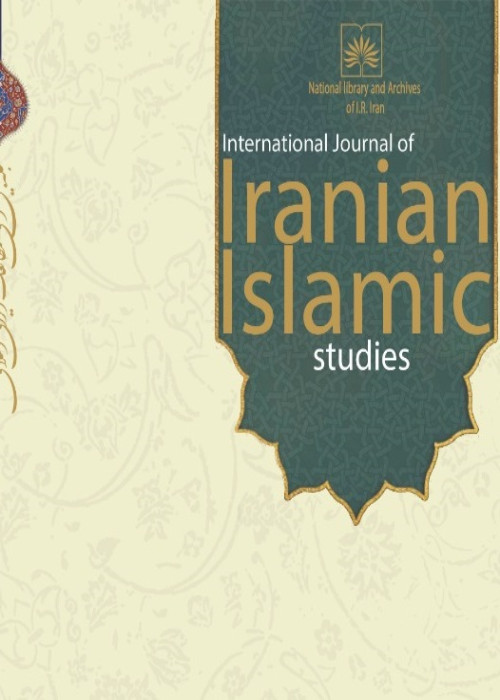Reflection of the Shiite thoughts of the Safavid sultans by quoting their letters to the Ottoman sultans
The Safavid state was founded in the context of the Ottoman Empire in the West, and religious differences were one of the issues that, along with political and geographical considerations, led to the intensification of the Safavid regime's unfriendly relations with its western neighbor. In such circumstances, the Safavids did their best to impose their authority on their enemies by utilizing diplomatic means along with military actions. The aim of the current study is to evaluate the religious aspects of the writings of the Safavid era, which shows the importance of the role of religion in the policies of the Safavid government compared to the Ottoman government. As a result of this research, it should be said that the Safavids used these letters to destroy the enemy's spirit and to show the important position of religion and religious beliefs to their enemy. It is also clear from the studies that the letters were full of conflicts. It has religious themes. This is not the case with peacetime letters.One of the prominent manifestations that can be seen in the letters of this period is the attempt to present religious beliefs and beliefs in terms of the connection that this political power and religious beliefs emerged in this period and in fact religion and politics were mixed in the structure of Safavid government. On the other hand, this religious-political model had no precedent in the Iranian political context.Inevitably, the Safavids used all available models to defend their political and religious existence. Iran and the Ottoman Empire were current and the application and emphasis on religious criteria became more important because we find that almost all elements of the Iranian correspondence had different religious beliefs from the Safavids. They also proclaimed and defended it.The religious distinction between the two governments of Iran and the Ottoman Empire further complicated the conditions of neighborly relations in various fields. The first day shaped relations between governments. Organizations and diplomatic efforts were another way of realizing relations and interactions.The text of the exchanged letters of the century shows that the usual political custom was observed in it. Friendly correspondence with its own literature was used to appease the other party, and hostile letters with harsh literature were used to disarm and impose their intellectual foundations and religious beliefs. One of the important features of most letters Safavid insistence is on proving the legitimacy and propagating religious beliefs.Letters are generally divided into two letters: peacetime letters and wartime letters. They themselves wrote for peaceful purposes. The main feature of these letters is to submit to the patterns of diplomatic communication of the time. What is more mentioned in this article is the use of countless titles and titles for the sultan or ruler for whom the letter is intended. Examples of this can be found in the letters of Shah Ismail and Shah Sultan Hussein to Sultan Bayezid Thani and Sultan Salim.In the letters of the time of hostility and war, which has occupied a major part of the first period of Safavid rule. At the same time, it is confronting the extravagance of the Ottomans in the west and the Uzbeks in the east.These examples are well achievable in their causal approach. Their general style is very similar to each other, and a few more differences are arranged for threatening and destructive purposes. Letters:It seems that the purpose of this correspondence is a kind of rivalry and virtual controversy in the field of dialogue and writing. History was different in the context of the lettersIn general, the correspondence of this period can be considered as a suitable document in the study of the approaches of the Safavid and Ottoman governments in international relations and foreign relations, in which many components such as religion and race have had a great impact.
Safavid Emperors , Ottoman Sultans , Iran , Shiite , letters
- حق عضویت دریافتی صرف حمایت از نشریات عضو و نگهداری، تکمیل و توسعه مگیران میشود.
- پرداخت حق اشتراک و دانلود مقالات اجازه بازنشر آن در سایر رسانههای چاپی و دیجیتال را به کاربر نمیدهد.



